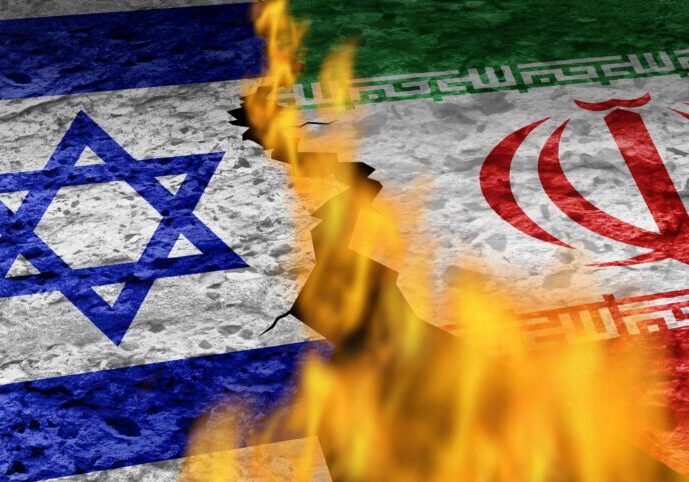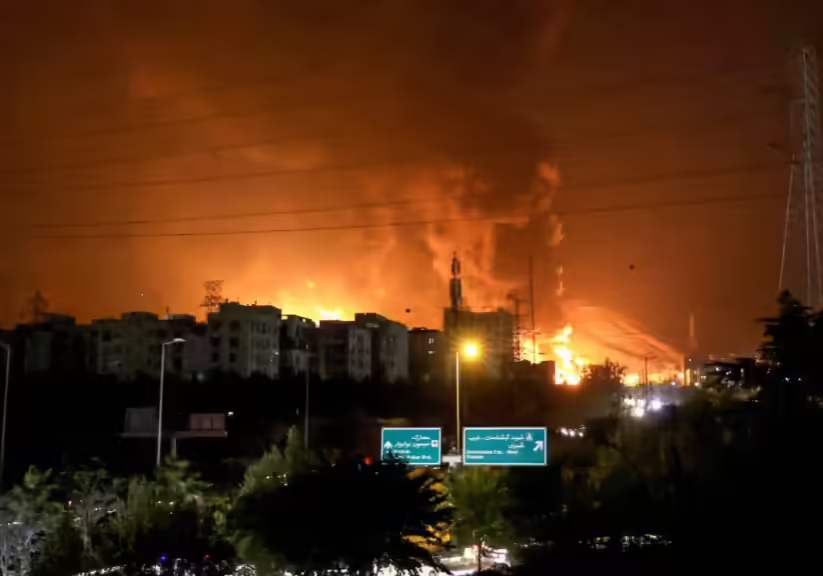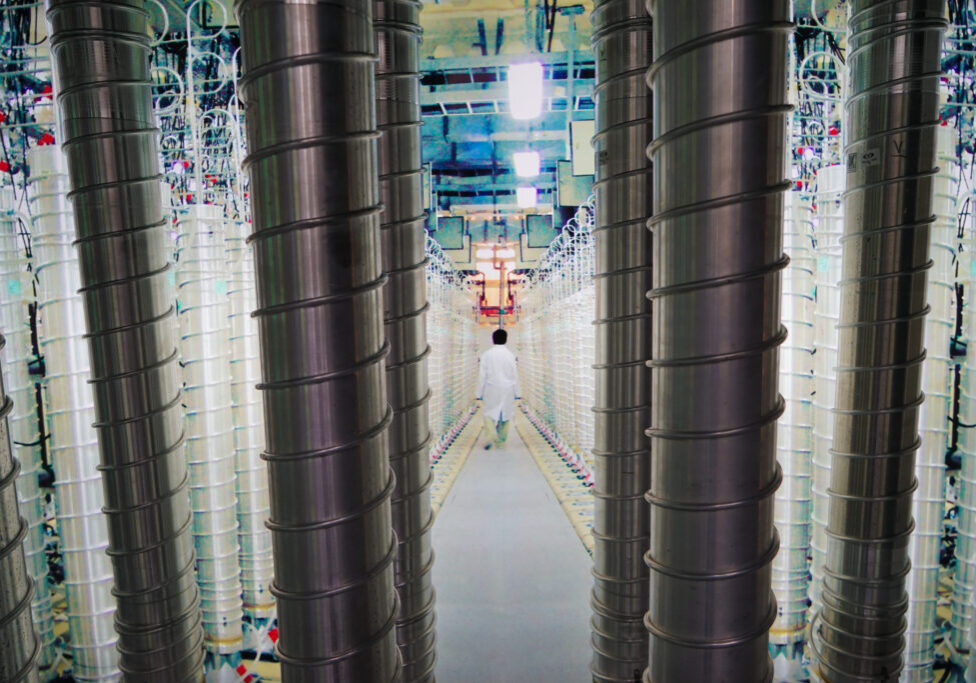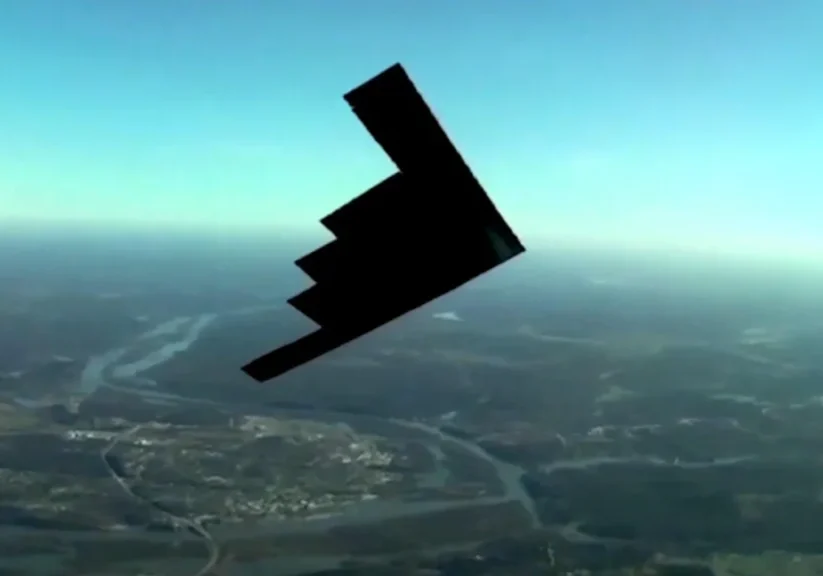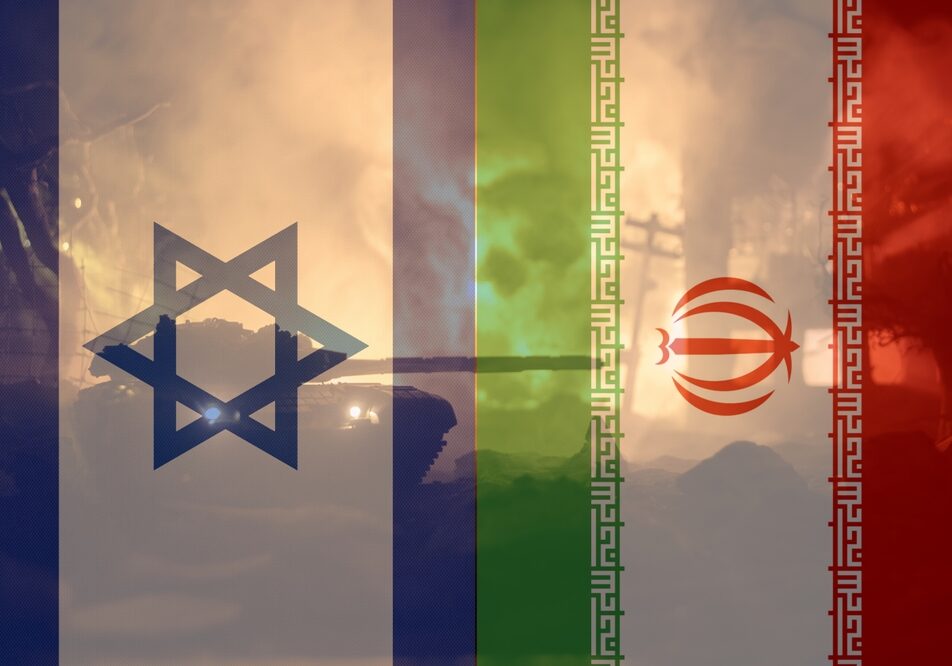Australia/Israel Review
Petrol lights flames of unrest in Iran
Nov 27, 2019 | Mehdi Khalaji and Farzin Nadimi, Patrick Clawson
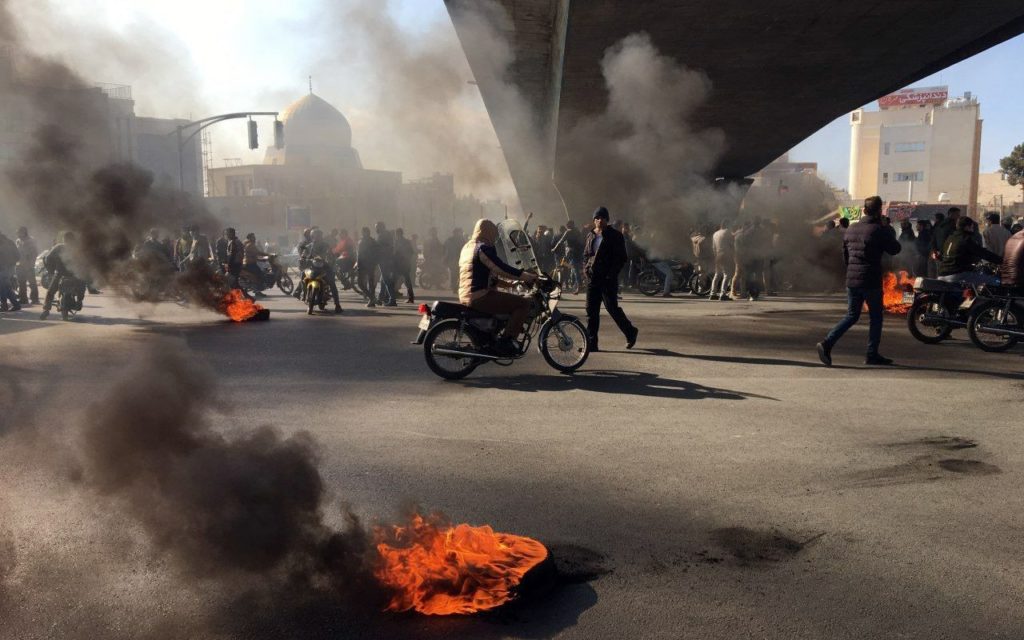
Iranian Supreme Leader Ali Khamenei has long followed the issue of petrol prices closely, so when his regime decided to raise those rates on Nov. 15, it did not take the matter lightly. This assumption is supported by the manner in which authorities have responded to the resultant unrest, including a personal response from Khamenei and an immediate, near-total shutdown of the country’s internet services. Among other effects, the internet blackout has left outsiders with little reliable information about the extent of the protests. Yet while Iranian Americans who have spoken to relatives on the ground are reporting large, widespread demonstrations and signs of deep popular dissatisfaction with the Islamic Republic, political change seems less likely than other scenarios given how well prepared the regime is to contain dissent.
A COMBUSTIBLE ISSUE
Iran has long subsidised petrol, but the most recent measure reintroduced rationing, using the fuel purchase cards required for vehicles since August. Each private automobile is now allowed 60 litres per month at a price of 15,000 rials per litre (about 66 Australian cents per litre), compared to the old price of 10,000 rials; taxis and light trucks can purchase 300 litres. Any fuel purchased beyond those amounts now costs twice as much. A March 2018 International Monetary Fund report estimated that fuel subsidies cost 1.6% of the country’s GDP in the year 2017-18.
The low price has led to relatively high fuel consumption in Iran – for example, ten times higher than Turkey, a richer country with a larger population. This discrepancy is partly due to Iranians smuggling fuel to neighbouring countries with higher fuel prices (e.g., more than ten times higher in Pakistan and Turkey).
The Iranian Government first introduced fuel rationing in June 2007. In December 2010, it raised prices high enough to end subsidies – namely, an increase of 300% for the rationed price and 75 percent for the unrationed. But when the Iranian rial crashed in 2012-13, the price was not adjusted, and so subsidies returned.
KHAMENEI FOLLOWS FUEL PRICES
In his Nov. 17 speech on the unrest, the Supreme Leader repeatedly reminded the audience of his lack of “knowledge”, “expertise” and “opinion” regarding fuel production, consumption, and rationing. Yet even a cursory look at his statements over the years reveals a deep interest in the issue, and considerable concern and knowledge as well. He has often mentioned reading up-to-date “reports,” “studies” and “statistics” on the matter, suggesting he is well-versed on the minutiae. He has also visited numerous petroleum industry research centres, production plants, and refining facilities, receiving in-depth briefings in the process.
Moreover, Khamenei has raised concerns about Iran’s high fuel consumption rate over and over again during the past two decades, criticising societal wastefulness as the cause. He tends to frame rationing initiatives within the “resistance economy” framework he advocates for steering Iran away from dependence on oil exports and Western investment.
PARALLELS WITH IRAQ AND LEBANON
The protests that have erupted throughout Iran bear a strong similarity to those seen in Lebanon and Iraq. As in those two countries, Iranian protesters tend to reject the political system as a whole, using slogans that reflect the popular belief that the regime is broken.
They argue that only the well-connected benefit from the system, while ordinary people suffer and vital services deteriorate. For decades, the regime drew great strength from channelling discontent into election campaigns, whether in support of reformists or populists. That approach has seemingly run its course, however – there are few signs of popular interest in the upcoming February 2020 parliamentary election or 2021 presidential election, and no significant figure is presenting a political platform that offers much in the way of change.
Another similarity with Lebanon and Iraq is that Iran’s protests are more or less spontaneous rather than being coordinated by an organised movement. The reason for this is clear: any such organisation would draw sharp repression in all three countries, including the assassination of protest leaders. Consequently, the demonstrators have no way to present organised demands, much less negotiate them with the authorities. It is difficult to see how such leaderless protests can produce significant political change.
This is particularly true in Iran, where the state is much stronger than in Baghdad or Beirut – a crucial difference. The Islamic Republic has a clearly articulated ideology, deeply believed by the minority who support it strongly, that the protests are an American plot to overthrow the regime. Iranian hardliners have claimed a US hand behind protests from Venezuela to Hong Kong, not to mention Iraq and Lebanon. On Oct. 30, Khamenei declared that “US and Western intelligence services use the financial backing of reactionary regional states to create chaos” in the latter two countries.
Khamenei holds similar views about the protests in Iran, but with a domestic twist. His Nov. 17 speech singled out protesters who have set banks on fire, insisting that they are not “the people” but rather a “mob” full of “hooligans” provoked by “all the world’s centres of mischief against us.” At the same time, however, he lumped Iranian figures among those instigating the demonstrations, including activist Reza Pahlavi and the group Mujahedin-e Khalq (MEK) – a rare example of him attributing domestic unrest to the political opposition rather than just foreign governments.
REGIME CRACKDOWN, DOMESTIC RAMIFICATIONS
The socially and economically traumatic nature of the regime’s gasoline decision is evident in the resultant actions taken both by and against Khamenei. For the first time in the history of the Islamic Republic, the Supreme Leader’s office in Yazd has been attacked by angry protesters. Meanwhile, prominent parliamentarian Ali Motahhari drew an analogy between Khamenei’s decision to raise petrol prices and Ayatollah Ruhollah Khomeini’s late 1980s decision to accept a UN Security Council resolution for a ceasefire with Iraq. Such comparisons indicate that the social ramifications of the fuel issue are too sensitive for any of the Government’s three main branches to handle, requiring Khamenei himself to bear responsibility.
Yet the Supreme Leader may not be fully immune to these ramifications either, since the issue threatens to weaken his own social power base.
Perhaps most important in the short term are the implications for political factions aiming to win the upcoming elections. In a Nov. 18 editorial in Kayhan newspaper, Khamenei confidante Hossein Shariatmadari blamed Rouhani’s team for failing to prepare public opinion ahead of the Supreme Leader’s change in energy policy, which he praised. Shariatmadari also bashed the President for supposedly ignoring Khamenei’s advice about paying subsidies to poor families prior to the price hike.
As for the legislative branch, many Majlis [Iranian Parliament] members initially protested the decision to raise prices and proposed a bill to reduce them, seeking to take credit for standing behind the people against a hurtful government policy. Some even pushed for Speaker Ali Larijani to resign for his supposed involvement in making such a grave decision without parliament’s knowledge. After Khamenei publicly took responsibility for the policy change, however, they had to retreat from their position and announce support for Khamenei. This in turn ruined their plan to boost their popularity before the February vote, greatly tarnishing whatever reputation the parliament still had as an effective, independent political body that protects the people’s interests.
Growing public frustration toward the Majlis will only discourage people from participating in the election, which could weaken mobilisation efforts for reformists and hardliners alike. In other words, the fuel crisis is turning into a fundamental political crisis, substantially widening the gap between people and regime while preventing hardliners from claiming democratic legitimacy for themselves.
As for how Teheran might keep the current protests from spiralling out of control, its past tactics are instructive. After the massive protests that followed the rigged 2009 presidential election, the regime reorganised and strengthened its repressive apparatus to put down demonstrations more efficiently and quickly. Similarly, the police and Basij militia presence was reinforced in secondary cities across the country after local protests broke out in 2017-18. These and other measures leave the regime in a good position to put down the current unrest. Most likely, it will rely on its past approach: minimal use of deadly force, but careful targeting of key protest figures for arrest (usually at night) and “disappearance” into jails outside the regular court system.
POLICY IMPLICATIONS
The US Government and its allies have limited options for influencing Iran’s domestic developments, and any statements by the Trump Administration about support for the people will have little credibility, largely because of the US visa ban instituted against them. That said, Washington should consider employing the types of programs it has instituted in other countries (e.g., Cuba) to help people gain internet access outside of government-controlled providers. It also has a longstanding program to provide democracy-promotion training outside the region to Middle Easterners. Furthermore, the Administration should give serious consideration to asking US-based social media companies to block accounts held by foreign leaders who make those outlets unavailable in their countries, recalling that Khamenei makes active use of his Twitter account despite the service being banned in Iran.
Patrick Clawson is the Morningstar Senior Fellow and director of research at The Washington Institute for Near East Policy. Mehdi Khalaji is the Institute’s Libitzky Family Fellow. Farzin Nadimi is an associate fellow with the Institute, specialising in the security and defence affairs of Iran and the Gulf region. © Washington Institute, reprinted by permission, all rights reserved.
Tags: Iran

